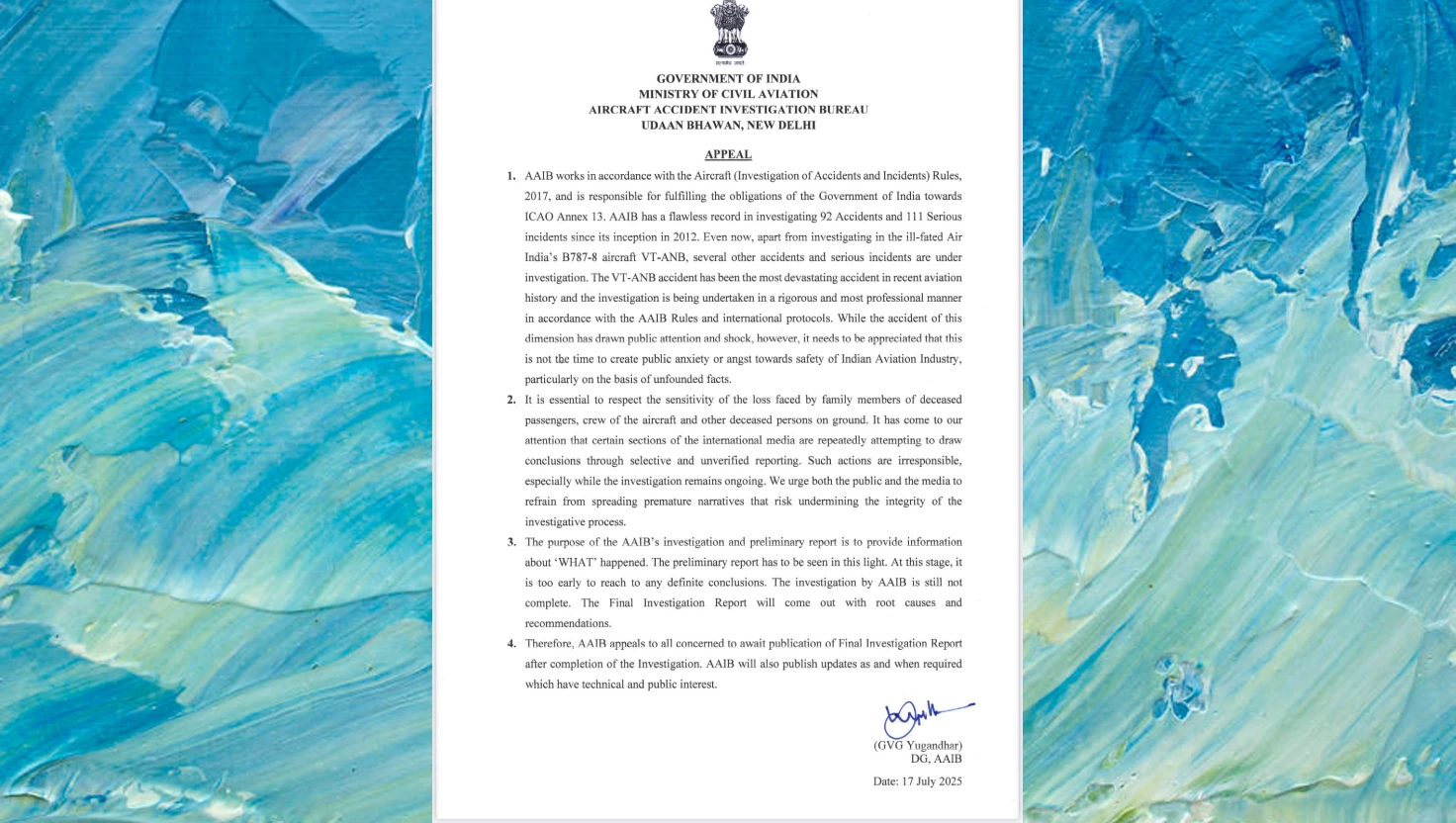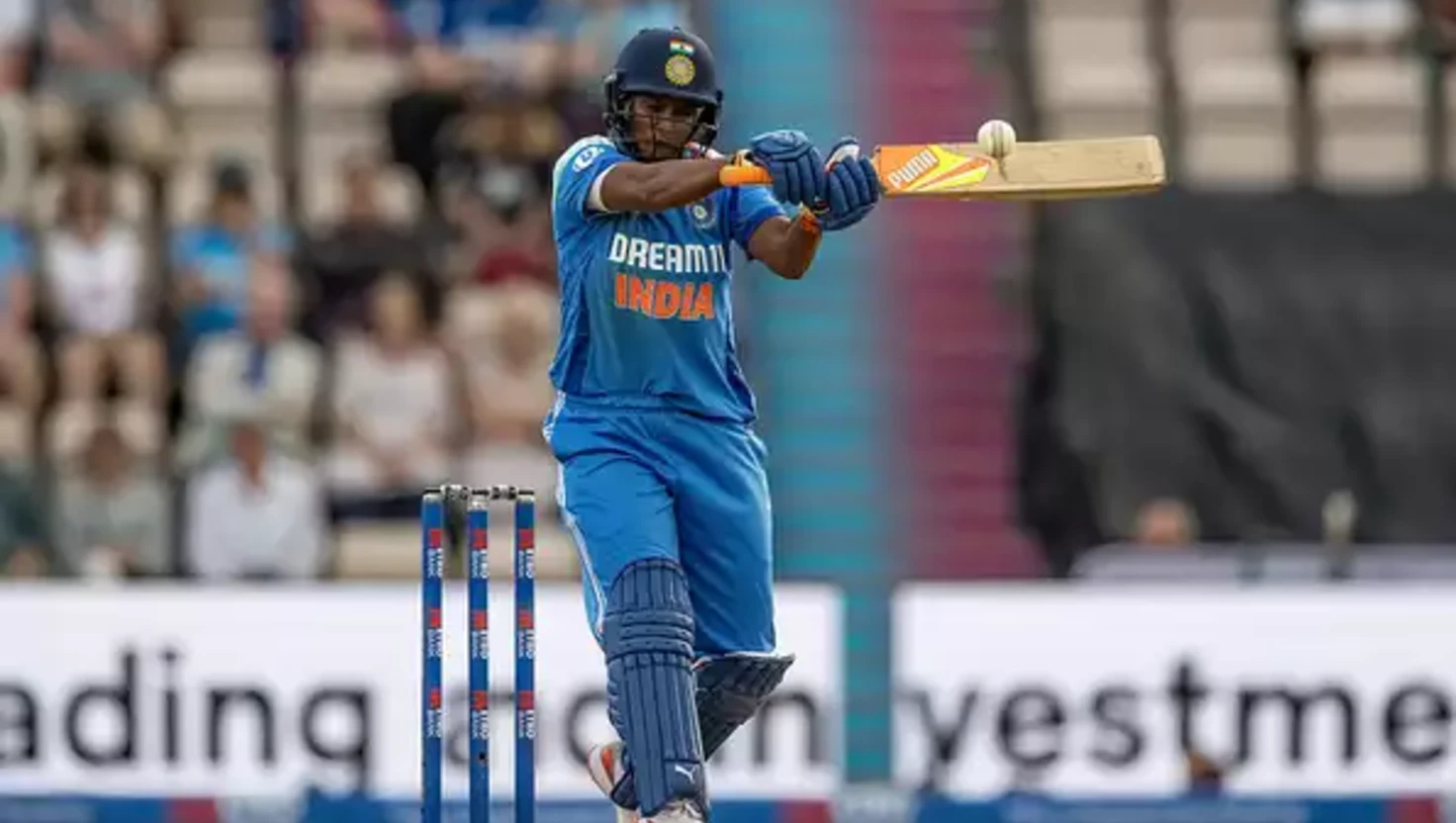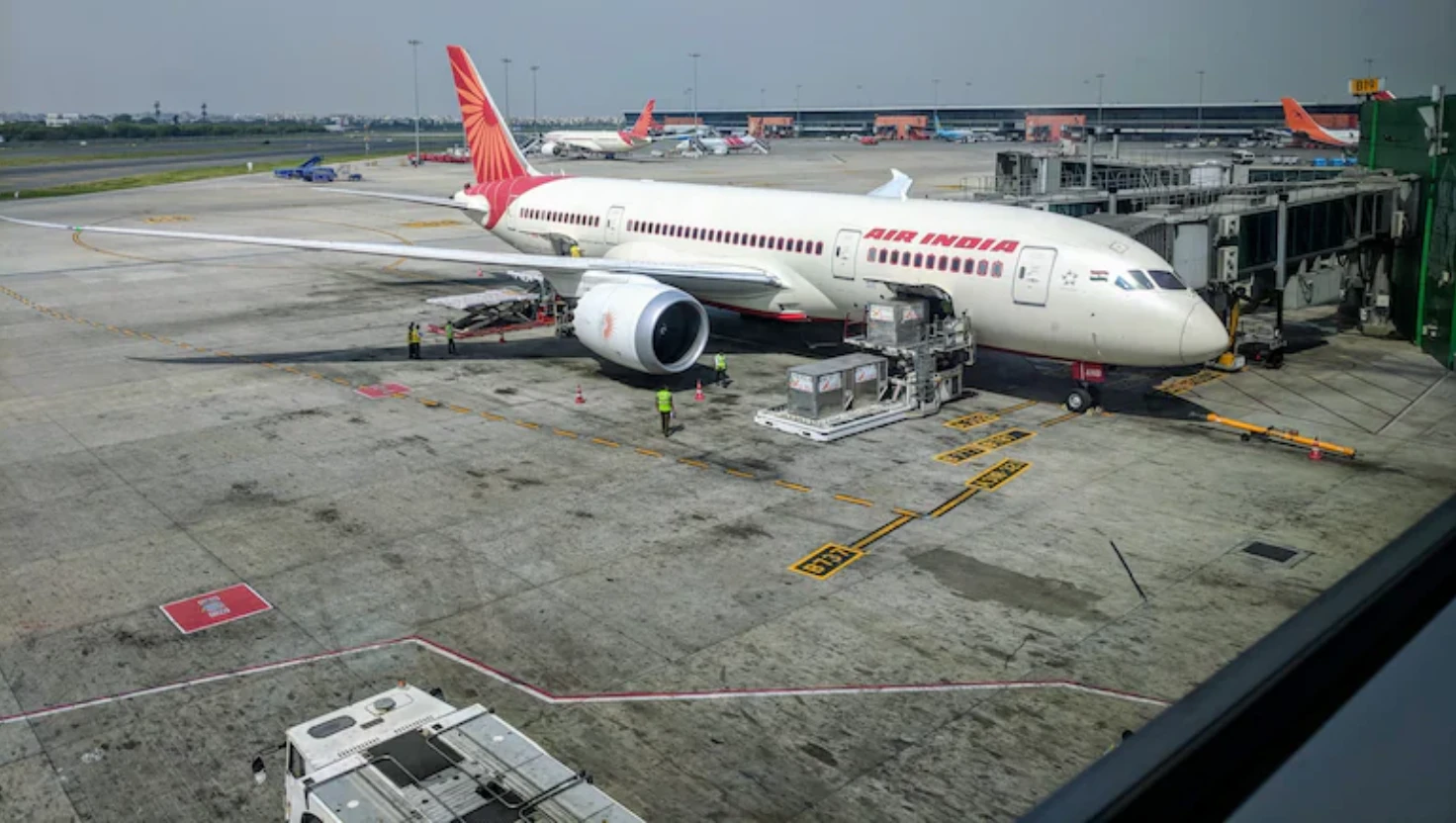PM Modi Urges Indian States to Align with 'Viksit Bharat 2047' Vision

PM Modi at the Niti Aayog meeting
Prime Minister Narendra Modi calls on Indian states to support the national 'Viksit Bharat 2047' roadmap during the NITI Aayog meeting, amid calls for fiscal autonomy.
Addressing the 10th Governing Council meeting of the National Institution for Transforming India (NITI Aayog) on Saturday, Prime Minister Modi reiterated the need for a unified national approach under the 'Viksit Bharat 2047' initiative. The long-term vision seeks to transform India into a fully developed country by its 100th year of independence.
The meeting, attended by representatives from 31 out of 36 Indian states and Union Territories, focused on encouraging states to draft individualised development plans under the theme “Viksit Rajya for Viksit Bharat” (Developed States for a Developed India).
“This is the highest ever participation in a NITI Aayog Governing Council meeting,” said B.V.R. Subrahmanyam, the Chief Executive Officer of NITI Aayog. “People came with a very positive bent of mind. The five states which were missing had informed us in advance.”
States absent from the session included Karnataka, Kerala, West Bengal, Bihar, and the Union Territory of Puducherry.
The meeting, attended by representatives from 31 out of 36 Indian states and Union Territories, focused on encouraging states to draft individualised development plans under the theme “Viksit Rajya for Viksit Bharat” (Developed States for a Developed India).
“This is the highest ever participation in a NITI Aayog Governing Council meeting,” said B.V.R. Subrahmanyam, the Chief Executive Officer of NITI Aayog. “People came with a very positive bent of mind. The five states which were missing had informed us in advance.”
States absent from the session included Karnataka, Kerala, West Bengal, Bihar, and the Union Territory of Puducherry.
The council also reviewed progress on the ‘Viksit Bharat’ roadmap, while supporting recent national security operations, including Operation Sindoor—a military response to the 22 April terrorist attack in Pahalgam, Kashmir, which left 26 people dead.
Call for Integrated Planning and Tourism Development
Prime Minister Modi called for rapid urban transformation, advocating for the creation of “future-ready cities” and enhanced tourism infrastructure. He introduced the “One State, One Global Destination” initiative, urging each state to develop a world-class tourist site.
“Each state should develop at least one tourist destination to global standards, which will also support the development of surrounding areas,” Modi said.
The Prime Minister encouraged a collaborative federal approach: “If the Centre and all the States come together and work like Team India, no goal is impossible.”
Regional Demands and Policy Proposals
Several chief ministers offered region-specific development proposals and highlighted funding shortfalls. Andhra Pradesh Chief Minister N. Chandrababu Naidu proposed three national-level sub-groups focused on boosting gross domestic product through public-private partnerships, managing population growth, and enhancing technology-led governance.
In the north, Uttarakhand Chief Minister Pushkar Singh Dhami urged the Centre to formulate a national urban drainage policy and include “lift irrigation” systems in existing federal agricultural schemes for hilly regions.
Telangana Chief Minister A. Revanth Reddy proposed a national task force to develop major metropolitan centres such as Hyderabad, Delhi, and Mumbai. “Hyderabad alone contributes 2.5% to national GDP despite its small geographic footprint,” he noted, citing ₹2.18 lakh crore (approximately US$26 billion) in recent investment commitments.
Punjab Chief Minister Bhagwant Mann opposed the inter-state Sutlej-Yamuna Link canal project, arguing that “Punjab has no surplus water to share.” He also called for changes in the administration of civil services in Chandigarh, a Union Territory that serves as the shared capital of Punjab and Haryana.
Jharkhand Chief Minister Hemant Soren highlighted unpaid mining dues of ₹1.4 lakh crore (around US$16.8 billion) owed by central government enterprises. “Timely release of this amount would accelerate developmental and welfare initiatives,” Soren said.
Opposition Voices Call for Fiscal Autonomy
Amid policy discussions, several opposition-led states raised concerns about fiscal decentralisation. Tamil Nadu Chief Minister M.K. Stalin demanded an increase in the state’s share of federal tax revenues. “Tamil Nadu receives only 33.16%, instead of the committed 41%,” he said.
He also advocated for a river conservation initiative for the Cauvery River, modelled on the federal ‘Clean Ganga’ project, and called for an exclusive urban mission for Tamil Nadu.
Congress leader Jairam Ramesh criticised the meeting, calling it a “diversion” and questioned the broader vision of national development. “What sort of developed India will it be if social harmony is destroyed, institutions undermined, and economic disparities grow?” he said.
Context: A Vision for 2047
The ‘Viksit Bharat 2047’ plan is the Indian government’s strategic framework to position the country as a global economic and technological leader by its centenary of independence. The vision encompasses sustainable urbanisation, inclusive governance, economic resilience, and increased participation of women in the workforce.
“India is urbanising rapidly,” Modi said during the meeting. “We must build cities that are sustainable and innovation-driven. Growth, innovation, and sustainability must be our development mantra.”
The Prime Minister also called for reforms to improve women’s employment rates, stating that policies must enable their “respectful integration” into the workforce.
Although the meeting displayed broad participation, the absence of five states, including key southern ones, underscored ongoing tensions over federal resource allocation and administrative autonomy.
Conclusion
While the federal government seeks to rally all states behind a common vision for development, divergent regional priorities and fiscal concerns remain prominent. The NITI Aayog meeting showcased both consensus on national goals and debate over how best to achieve them.
As India charts its course towards 2047, balancing central vision with regional autonomy will likely remain a key political and developmental challenge.

Reliance Retail acquires Kelvinator, The Coolest One
Reliance Retail has purchased the Kelvinator brand from Electrolux for nearly ₹160 crore, aiming to strengthen its position in India's consumer durables market.
| 2025-07-19

Saiyyara has shattered every myth about launching newcomers. No big names, no big PR
Madhur Bhandarkar praises debut film 'Saiyaara' for its raw talent and storytelling, marking a shift in Bollywood's approach to newcomers.
| 2025-07-19

India slams reports blaming pilots for Air India crash
India's AAIB disputes US media assertions regarding Air India AI 171 crash, highlighting ongoing investigation and sensitivity towards victims' families.
| 2025-07-18

India Secures Four-Wicket Win in ODI Series Opener Against England
India achieves a four-wicket victory over England in the ODI series opener, led by Deepti Sharma's unbeaten 62 runs.
| 2025-07-17

Air India inspection claims no problems found with Boeing 787 fuel control switches
Air India has conducted thorough inspections of its Boeing 787 fuel control switches, reporting no problems following a DGCA directive.
| 2025-07-17




